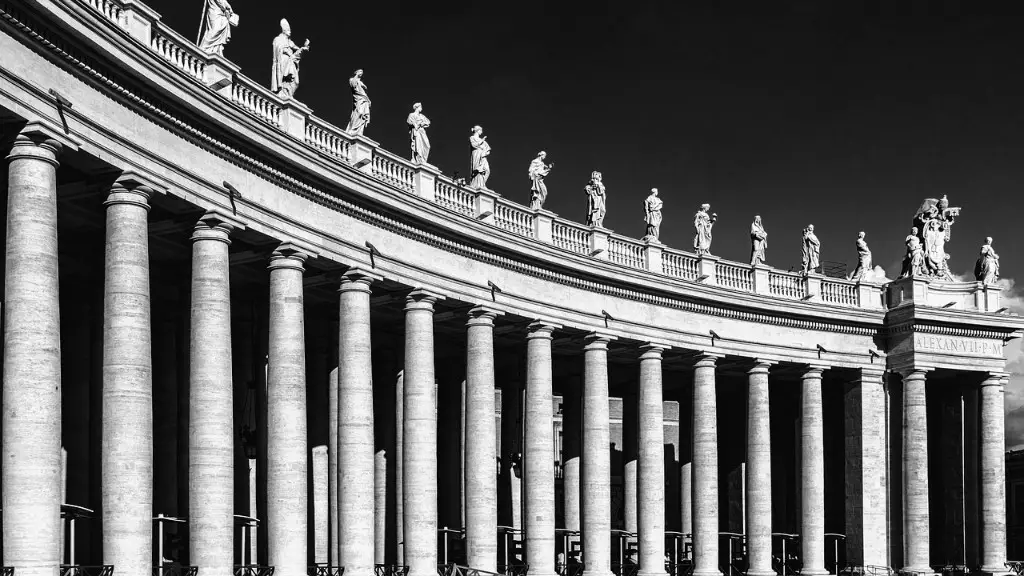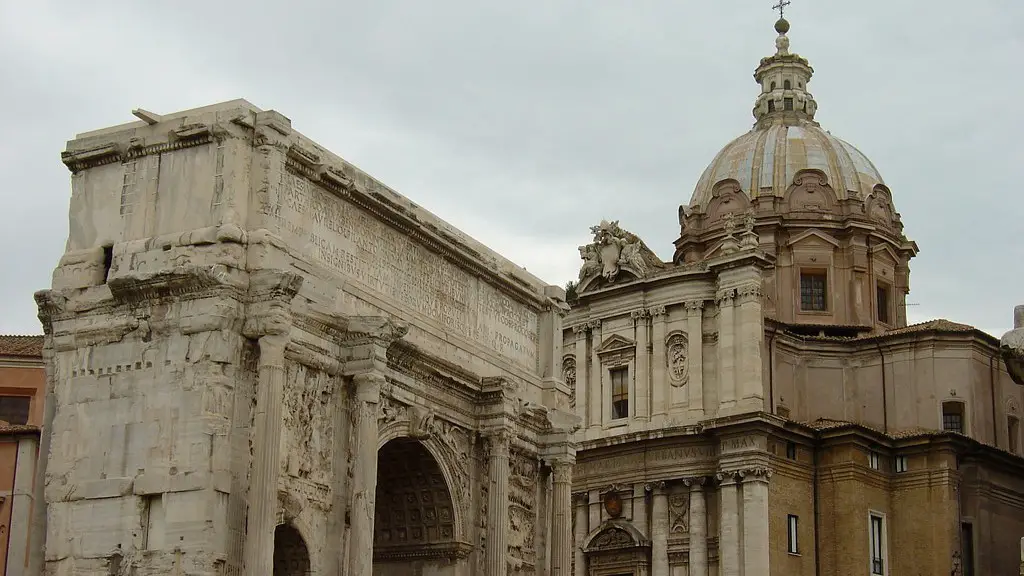Introduction
Ancient Rome was one of the most influential civilizations in human history. It was the world’s largest and most powerful state and its government strongly affected the way many subsequent governments were formed, both in and out of Europe. This article will explore what type of government Ancient Rome had and how it evolved over time. We will also look at the key features of the Roman government and analyze how it impacted the course of history.
Government in the Republic of Rome
The ancient Roman Republic was a complex system of government that developed slowly over many centuries. It was initially a monarchy, but over time it evolved into a system which was neither a true democracy nor autocracy. In the early days of the Republic, the Roman people were divided into two classes – the patricians and the plebeians. Members of the patrician class were the aristocracy and the wealthy, while the plebeians were the common people. This small but powerful class of citizens ran the government and held all the political power.
In theory, the Roman Republic was a representative democracy with elected representatives called magistrates. These magistrates, who emerged from the patrician class, held the ultimate political power in Roman government and were responsible for making laws, administering justice and ruling over the provinces.
Government in the Empire of Rome
The Roman Republic was eventually overthrown in a series of civil wars and replaced by the Roman Empire in 27 BC. This empire was ruled by an autocrat, known as an emperor. The emperor was the most powerful person in the empire and held absolute authority over all aspects of government and the people. The emperors were responsible for the military, foreign policy, economy and administration of justice.
Under the new imperial system, the magistrates still had some power, but their positions were more about advising the emperor than actually ruling. The emperor could decide on any law or policy he wished, and the magistrates had little power to challenge him.
Characteristics of the Old Roman Government
The Roman government was a complex system of both aristocratic and democratic elements, but some of its key features remained consistent over time. First, it was an oligarchy, meaning that political power was concentrated within a small ruling class. Second, it was a hierarchical system in which access to power was based on class and wealth. Third, it had a strong military system which played a key role in enforcing its rule. Lastly, it had a system of checks and balances which allowed the different branches of government to have some level of oversight on each other.
Impact of the Roman Government
The Roman government had an immense impact on the development of subsequent governments around the world. As one of the most powerful and longest lasting empires in human history, it served as an example of political power, military might and civil order. The Roman system of checks and balances served as the foundation of many modern governments, while its hierarchical structure inspired the systems of class still present in many countries today. Although the ancient Roman government was far from perfect, it has had a lasting influence on our current understanding of government and political power.
Citizens Rights
The Roman government was relatively authoritarian, but it did grant citizens some rights and freedoms. Crucially, the Roman government guaranteed citizens protection from arbitrary arrest and punishment, as well as rights to appeal against unfair judgements. Roman citizens also had the right to vote in elections, although the franchise was restricted to the wealthy classes.
Education System
Education was an important part of the Roman way of life, and the government ensured that children were able to access education at all levels. The government provided free schooling for poorer citizens, while wealthier citizens had access to more advanced schools and universities. These schools taught children both practical and theoretical knowledge and enabled citizens to develop the skills required for various professions.
Taxation
Taxes were a major source of revenue for the Roman government. Taxes were based on wealth and only citizens were required to pay taxes. The wealthier classes bore the brunt of the taxation burden, although all classes were expected to pay their fair share. The taxes were used to finance the Roman military, build infrastructure, and fund the administration of justice and welfare.
Military Activity
The Roman government maintained a strong military presence both inside and outside the Roman borders. The military played an important role in protecting the Roman empire and expanding its rule over foreign territories. Roman military activities also enabled Rome to impose its laws and rules on conquered territories, thus bringing order, stability and prosperity to the people it conquered.
Conclusion
Ancient Rome was one of the most powerful empires in history and its government had a profound influence on the way modern governments function. The Roman government was an oligarchy in which political power was concentrated in the hands of the wealthy classes. It had a strong military presence to defend the empire and expand its influence and a set of laws and rights to protect its citizens. Although the system was far from perfect, it established the foundations upon which modern governments were built.


